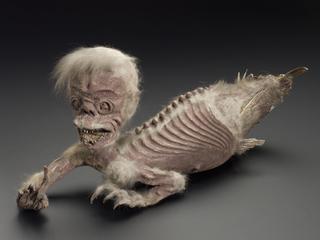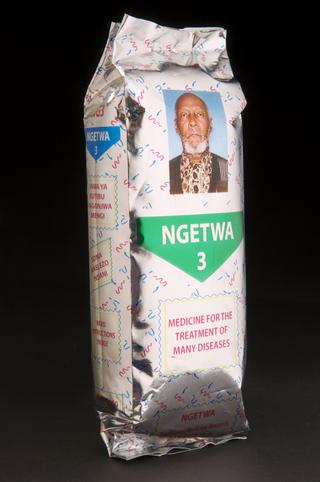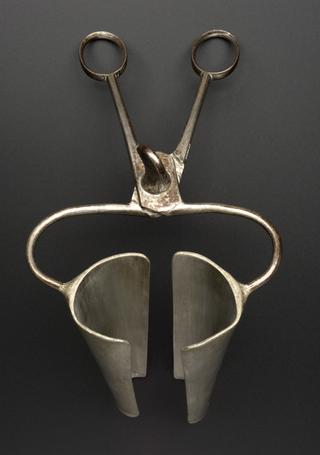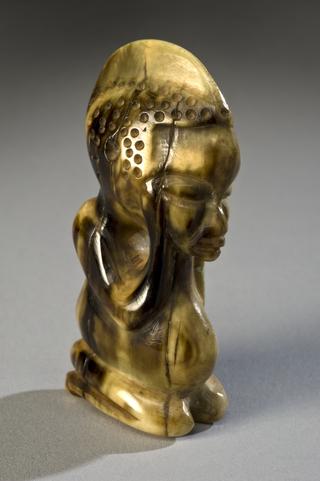




Amulet, simple woollen doll, supposedly worn by man of a London regiment, from Lovett Collection, English, 1914-1918
The carrying of ‘lucky charms’ – as protective amulets against ill health and physical danger – is common in many cultures around the world. Luck played a major role in combatant’s fate during the First World War, 1914-1918. As such, soldiers of all nations put great faith in lucky charms and amulets. Whether given by family and loved ones, bought commercially or chosen for personal significance, these special forms of protection were carried into battle. This simple woollen doll was supposedly carried by a soldier from a London regiment
The amulet was bought for the Wellcome collection in 1930 from Edward Lovett’s (1852-1933) collection of mostly British amulets and charms. Lovett was a collector who documented different medical traditions and beliefs.
Details
- Category:
- Ethnography and Folk Medicine
- Collection:
- Sir Henry Wellcome's Museum Collection
- Object Number:
- A79996
- Materials:
- wool, twine, metal (unknown) and paper (fibre product)
- Measurements:
-
overall: 13 mm x 55 mm x 62 mm, .002 kg
- type:
- protective amulet
- credit:
- Lovett Collection




